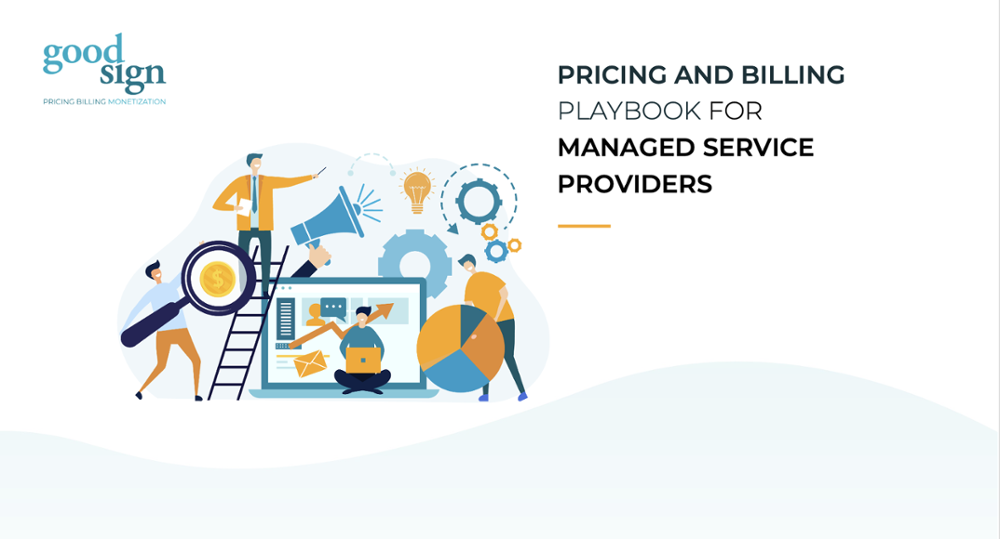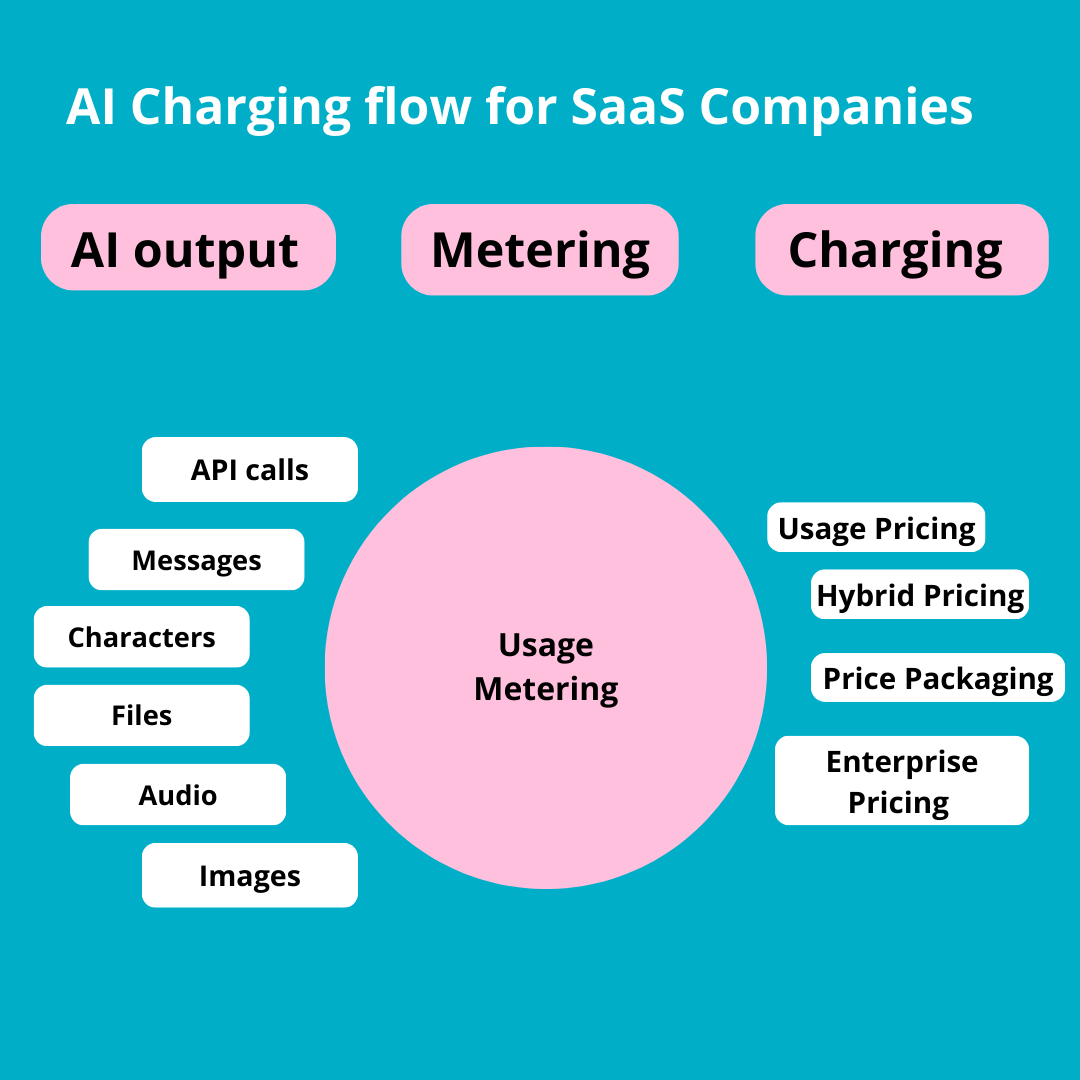Billing and Revenue Management: Improving Customer Experience and Profitability for MSPs
Efficient billing is not just about getting paid – it’s a critical part of the business that impacts customer satisfaction and overall success....
4 min read
 Juha Korsimaa
:
Apr 28, 2025 3:54:35 PM
Juha Korsimaa
:
Apr 28, 2025 3:54:35 PM
Managed service providers might have built their businesses on flexibility—tailoring services to fit each client’s exact needs. But behind the scenes, that same flexibility can lead to a complex web of billing models, pricing structures, and manual processes that can become tricky to manage as the business scales.
In this article, we take a closer look at why pricing and billing often become pain points for managed service providers, especially if their revenue operations still rely on spreadsheets and self-made systems. We’ll also explore how automation can simplify the complexity, reduce errors, and enhance customer experience.
Why billing gets complicated for managed service providers
Managed service providers rarely sell one-size-fits-all products. Instead, each customer typically has a custom contract with tailored service bundles or modified pricing structures to suit their unique needs and volumes. In addition to customer demand, this level of customization is crucial for staying competitive with other MSPs. This flexibility, though, introduces a layer of challenges.
Moreover, MSPs often need to calculate averages, adjust peak usage values, or perform even more complex calculations. When you factor in recurring and consumption-based revenue models, it creates an ideal scenario for billing confusion. Pricing isn’t just a straightforward list; it’s an evolving logic puzzle that requires continuous adjustments and careful management to ensure accuracy and consistency.
At the executive level, many managed service providers believe their billing setup is functioning well, assuming that as long as invoices are sent and revenue comes in, everything is in order.
However, the teams responsible for pricing and billing are fully aware of the challenges:
The offering and pricing setup might work in the early stages. But problems often start when MSPs begin serving larger customers or try to offer more versatility and flexibility. As contracts become more tailored and billing requirements more complex, it’s not uncommon to see a surprising amount of FTEs being tied up in client-specific billing activities, heavily depending on individual tacit knowledge.
Even minor changes, like a contract update or new service, can trigger issues. Customers may begin to complain, especially when invoices contain errors or breakdown reports don’t match expectations. At the root of these challenges is the lack of a fully integrated revenue management system that can keep up with growing demands.
Such a platform provides pricing, rating, and billing automation that ties everything together. Without it, it’s easy to miss small but important details, such as the 5% of services that aren’t billed due to a range of minor issues. These gaps are often invisible until they add up, and it’s difficult to recognize them until automation is in place. Only then can you see the missing revenue and the problems it causes, both financially and in terms of customer satisfaction.
The time it takes to get cash in the bank has a huge impact on managed service providers, particularly those reselling third-party services like cloud platforms. In a traditional setup, you might not see the money until a month or more after service delivery. But with automation, that timeline can shrink to a week.
It also reduces your need to invoice customers in advance based on an estimated amount—a relatively common (and painful) workaround for poor billing processes. When you bill upfront and need to make changes mid-year, you're forced to issue credits and spend time cleaning up avoidable messes. With faster, more accurate billing, you stay agile and keep your cash flow predictable without the hassle of retroactive fixes.
AI-powered tools and usage-based models are increasingly part of the MSP offering, and they don’t fit into monthly flat-rate billing. Customers are willing to pay for what they use, but only if they trust the data.
Without proper automation, managed service providers are forced to rely on rough estimates or fixed-price packages, risking lost revenue or dissatisfied customers. But with a modern revenue management system, you can track consumption in detail, such as individual AI tasks, enabling more accurate and flexible billing models.
Even the best people make mistakes. And when billing is stitched together by hand, those mistakes show up on invoices. It’s one of the root causes of customer complaints.
Automation brings several advantages to billing:
Better yet, automation can catch and correct errors in real time. If someone logs work incorrectly or a line item doesn’t match the contract, the system can flag it, fix it, or at least alert someone before it becomes a customer issue.
One challenge for managed service providers is the variety in how customers want to be billed. Some want one invoice per location, while others prefer breakdowns by project, department, or even individual users.
In traditional billing setups, this kind of invoice customization is a manual nightmare. But with an end-to-end revenue management system, it’s not only doable, it’s scalable. Take one real-world example: a managed service provider serving a single client with 900 individual invoices—each recipient able to define what information they wanted to see on their invoice.
With automation, even this level of complexity can be handled efficiently, with no manual workarounds or extra headcount required.
MSPs that move to an integrated revenue management solution often see improvements across the board: faster billing cycles, fewer customer queries, less manual work, better cash flow, and happier customers.
But beyond efficiency, there’s a strategic shift. Sales teams can launch more flexible services without worrying about downstream billing chaos. Leadership can forecast with more confidence. Employee time is freed up for tasks that truly drive value. And customers get clear, transparent invoices that reinforce the value they’re receiving.
If your processes rely heavily on people stitching together reports and invoices, it’s time to step back and reassess. Clean billing isn’t just a finance function; it’s a core part of the customer experience and a critical enabler of growth.
But you don’t need to fix everything at once. Start small and focus on a specific offering or use case. For example, consider cloud services, capacity management, or workplace support. Or you could begin by automating billing for contracts within a specific customer segment. Build it incrementally, and you'll start seeing results relatively quickly. Rather than launching a massive project that could take months or even years, prioritize steady, step-by-step progress.
And don’t try to reinvent the wheel. Choose a proven solution and a partner who’s done this before and can guide you toward best practices. Many managed service providers fall into the trap of customizing a new system to match their old, inefficient one—only to end up with the same problems in a new package. To truly improve, you have to rethink how things are done, simplify where possible, and be open to new ways of working.
Do challenges in your revenue management setup slow down your business? We’ve created a quick assessment to help you identify bottlenecks in your current setup.
Efficient billing is not just about getting paid – it’s a critical part of the business that impacts customer satisfaction and overall success....

Managed Service Providers need a scalable, reliable, transparent, and flexible pricing and billing solution due to the complexity of their customer...

Invoicing for generative AI companies presents unique challenges and requirements distinct from traditional businesses. Understanding the specialized...